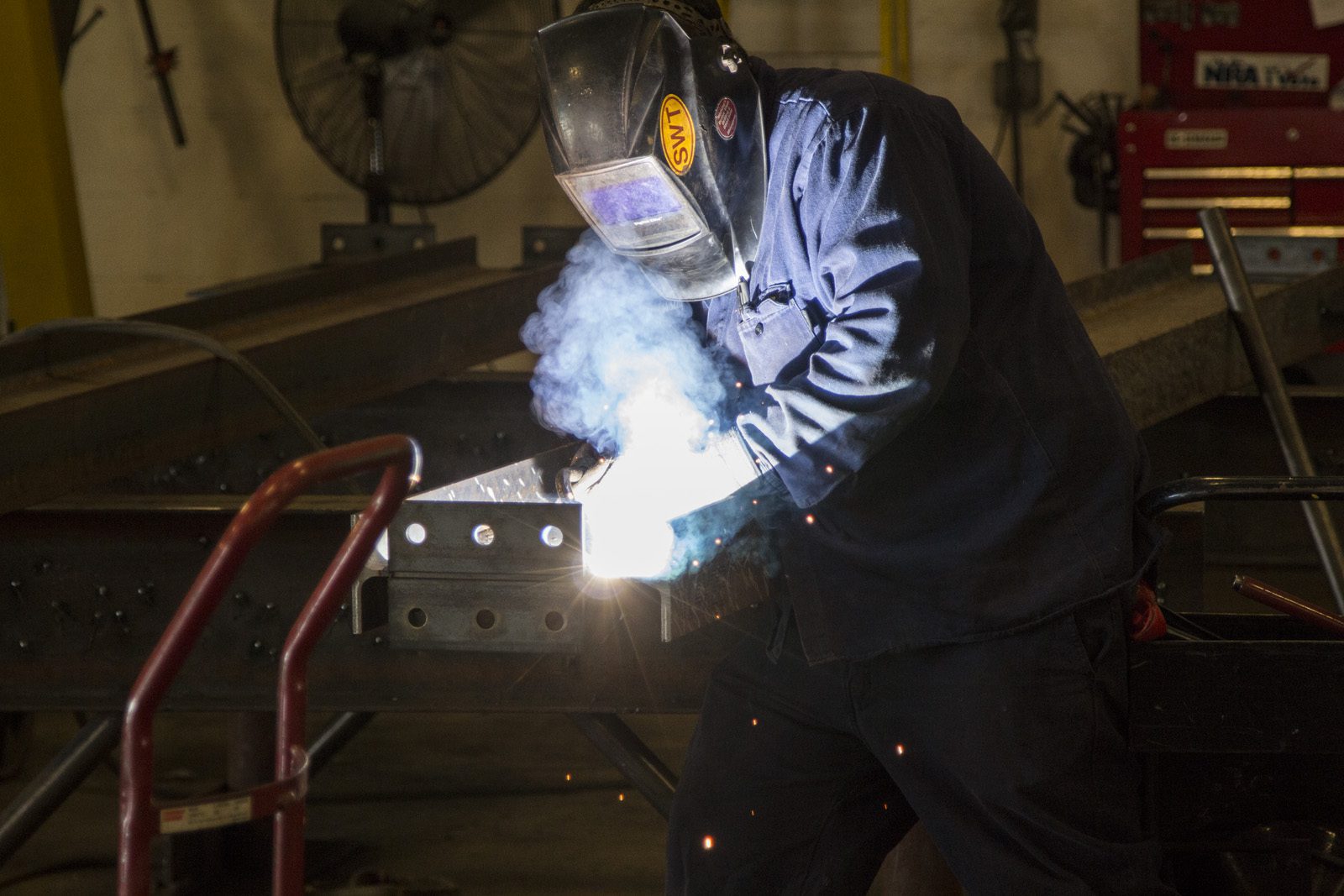Key Factors That Shorten Project Lead Times
Lead time is the period between initiating the project and finalizing the project. The time spent on the project includes processing, production, transportation, and final delivery, as well as waiting time between phases. Reducing lead time can help with cutting costs and customer satisfaction, and finding a fabrication shop dedicated to minimizing lead time can take your business to the next level.

Maintaining Vendor Relationships Can Get Projects Started Quickly
Having the right components for a project is an important part of determining lead times. If your fabrication shop can’t get the right materials in time to begin the process, lead time will be affected. Inventory management can ensure that your fabrication shop is ready for your project. The best way to determine the importance your fabrication shop places on inventory management is to look at their supplier relationships. Strong relationships with suppliers helps ensure that the shop will have the materials they need when they need them. Many fabrication shops will avoid over-ordering materials, but will utilize systems to reduce buffer inventory and maintain more accurate forecasting.
Choose a Fabrication Shops that Invests in Equipment
Up-to-date equipment makes a huge difference in reducing lead time. As equipment becomes increasingly advanced, the time needed to complete a project is less. While a project can be done with older equipment, the project will take longer to complete, and may run into more issues during the fabrication process. A fabrication shop that is consistently investing in new technology will not only reduce lead time, but will also be able to complete projects with greater precision and accuracy, resulting in a high-quality end product. The equipment alone can’t necessarily improve a project, but a fabrication shop that invests in equipment has demonstrated that they are committed to continuous improvement and investing in the future.

Look for a Fabrication Team with Ample Experience
The best and most advanced equipment can only do so much. Without an experienced team working that equipment, it has no value to your project. If the fabricators don’t know how to best use the new technology, the reduction in lead time from up-to-date equipment is lost. When the team has been trained and mentored in using the latest equipment, they can take full advantage of the advances in the technology. Finding an experienced fabrication team who is committed to ongoing training and continuous improvement is crucial to reducing lead times. Experienced teams understand how to manage projects efficiently, and fabrication shops who are committed to continuous improvement in new technologies and processes will get your project finished with minimal lead time.
Consider the Principles of Lean or Just-in-Time Manufacturing
Lean manufacturing techniques focus on minimizing waste and increasing efficiency, while helping organizations identify and eliminate unnecessary activities, reduce inventory, and improve production flow. Just-in-time manufacturing attempts to match production to demand by only supplying goods which have been ordered for a specific project, rather than holding onto inventory. The overall factor in both of these approaches is eliminating any waste within the process, which will shorten lead times by focusing only on what is necessary to get the project completed. This is achieved by specifying all work that needs to be done, ensuring direct and unambiguous communication, and creating simple and direct pathways. Not only will incorporating these principles reduce lead time, but they will also drive down costs by eliminating waste.
Quality Project Management Can Help Shorten Lead Times
Without quality project management, the best equipment and fabricators will have no way to identify whether they are on target. Using advances in technology and automation alongside verified project management processes can help shorten lead time. Having a dedicated and experienced project manager coordinating the job from start to finish can greatly reduce lead times as well. The project manager will be able to monitor and measure to identify optimal performance and areas that need improvement and adaptation.
Maintain Open Communication
For a project to be completed successfully with minimal lead times, the client and the fabrication shop need to be on the same page at all times. When first planning the project, both teams should work together to set KPIs and develop a schedule for regular check-ins. Having one project manager who is in active communication with the fabrication team and the client is crucial to minimize lead times. Many issues that can cause significant delays will be avoided when communication is strong.

Be Ready to Adapt as Necessary
Sticking with a process that isn’t working efficiently will do nothing to improve your lead time, even if you feel you have all the other pieces in place. Different projects require different approaches, and it’s important to find a fabrication shop that is ready to meet your project with an open mind and work with your needs and specifications. To get lead times reduced, a certain degree of adaptability is required. This can involve making adjustments when things are not progressing as predicted, adapting to available materials, and working with the design to help streamline fabrication.
There will always be components to fabrication projects that cannot be easily controlled, but finding a fabrication shop dedicated to reducing lead times and increasing efficiency can make a big difference in the overall experience. Swanton Welding Company maintains commitment to excellence in fabrication and customer service and will employ all best practices to shorten lead times and get your finished products delivered on schedule. Contact us for a quote on your next project today!
